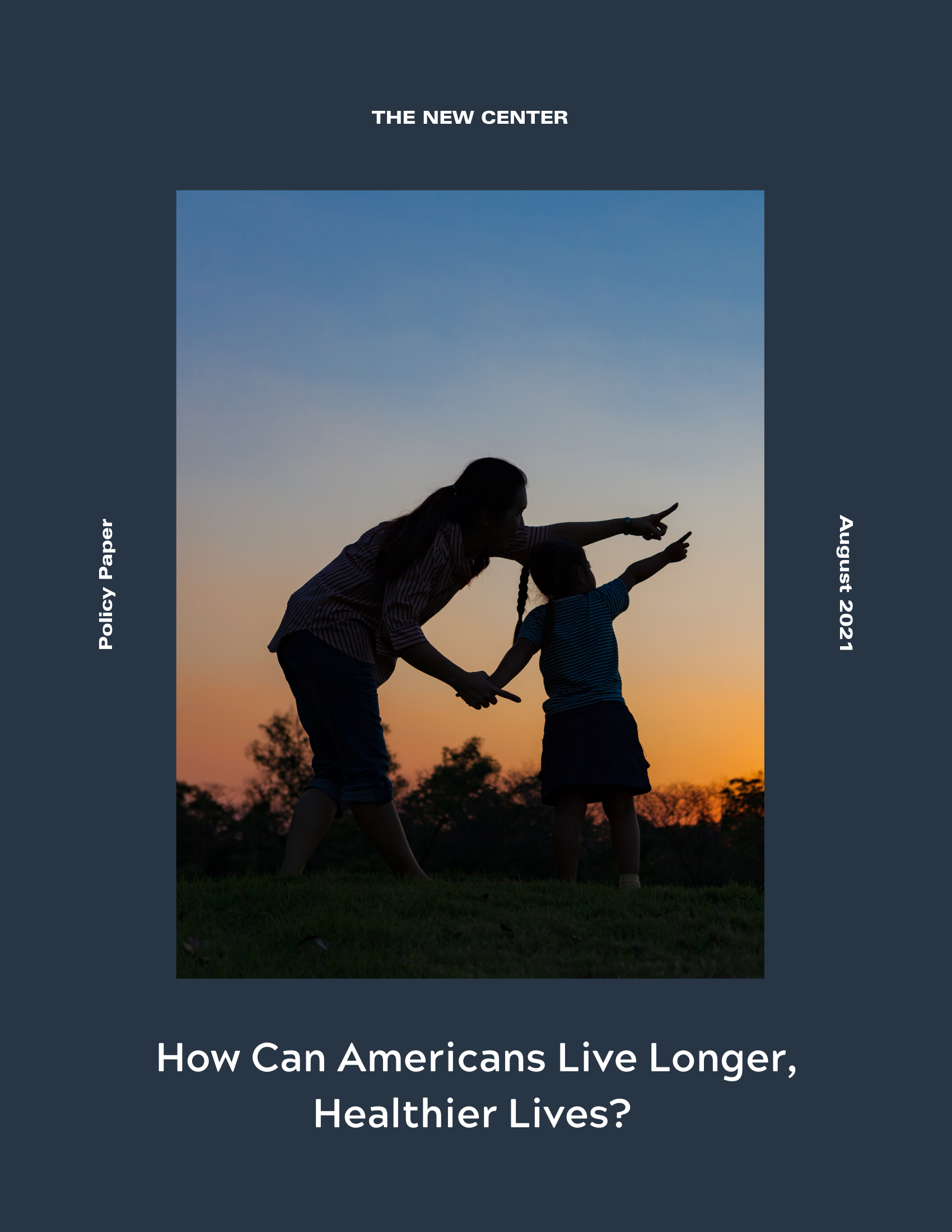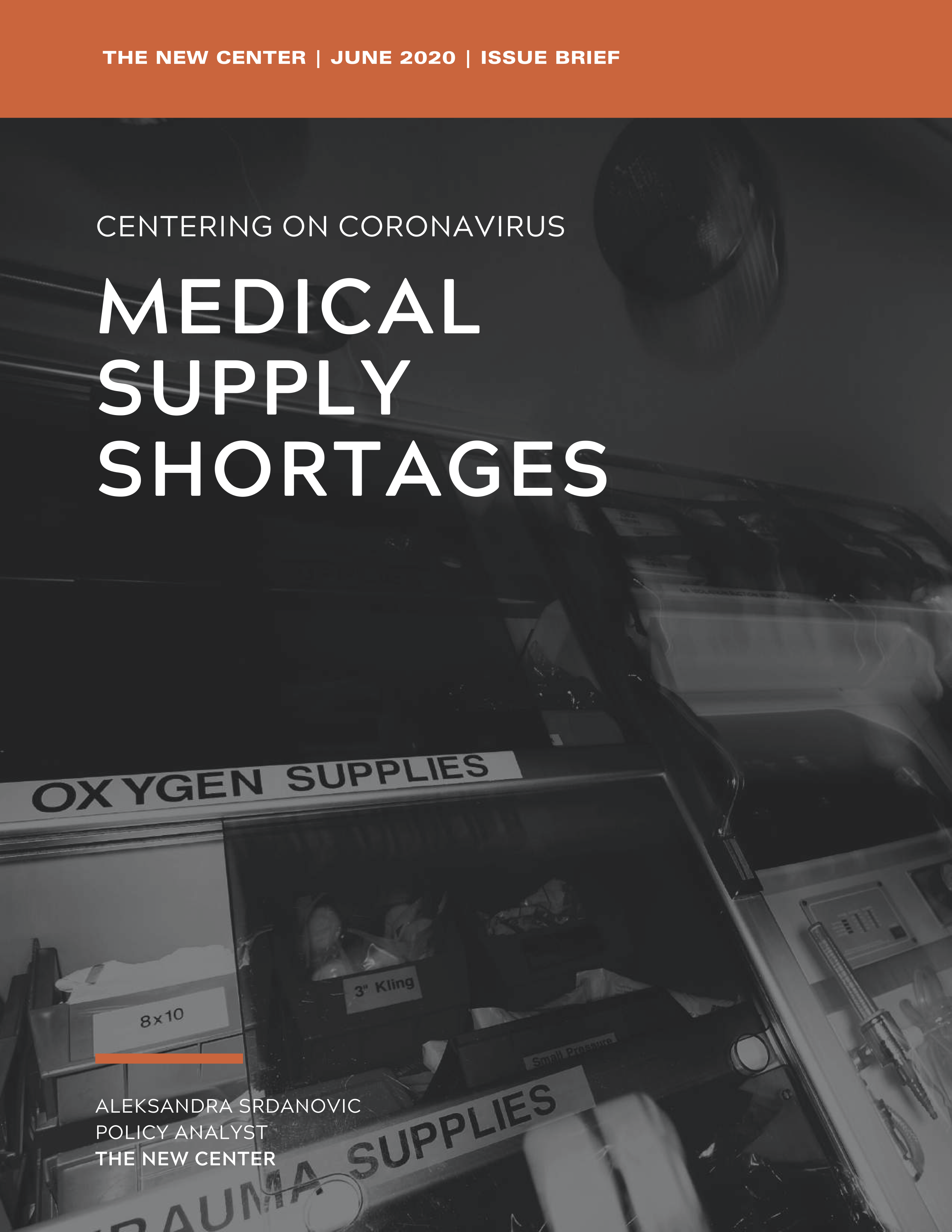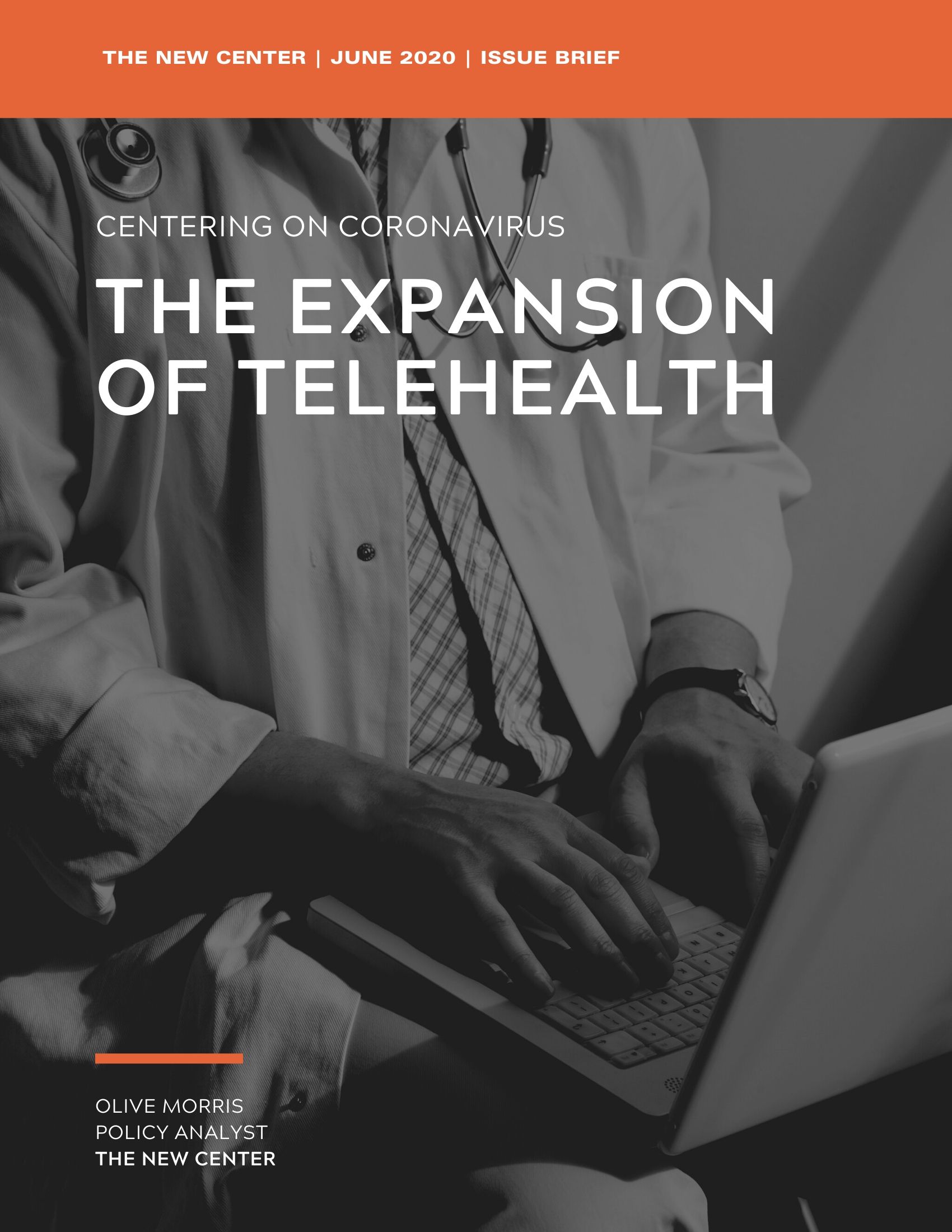Publications
The Opioid Crisis
Since the 1990s, opioid deaths in America have quadrupled and opioid abuse has emerged as perhaps the country’s most serious public health crisis. Though recent efforts by legislators, doctors, and patients have striven to curb this epidemic, opioid-related overdoses still kill 130 Americans every day. We can, and should, be doing more.
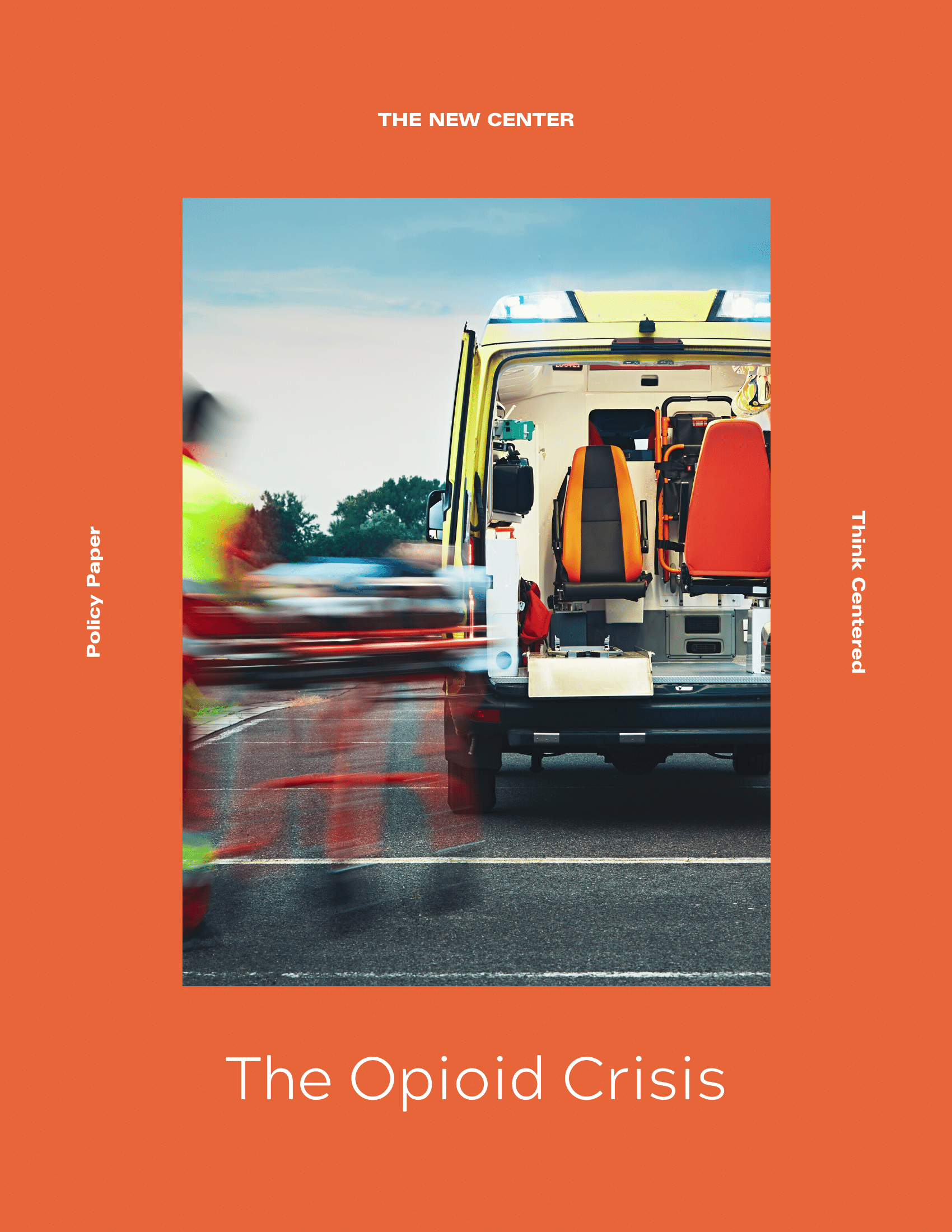
OVERVIEW
Our Solutions In Brief

Medication-assisted treatment (MAT) is a form of harm reduction, a public health strategy that aims to diminish the negative effects of opioid use. Despite wide evidence corroborating MAT’s efficacy, there are systemic barriers to access that limit the treatments' broad adoption.

The hub and spoke model was first implemented to make it easier for patients with opioid use disorder (OUD) to access treatment centers. To help support the establishment of a hub and spoke model, more states should submit a state plan amendment (SPA) for the Medicaid Health Home State Plan Option.

Drug courts are designed for nonviolent offenders with mental and substance abuse disorders. Instead of jailing people with OUD, drug courts connect them with medical treatment, mental health services, and judicial supervision. As increasingly more programs roll out, it’s critical that these programs meet evidence-based standards.

In America, medical schools spend only nine hours on average teaching pain management—leaving many doctors woefully ill-equipped to manage one of the most common chronic conditions. This could be rectified in part by the Opioid Workforce Act of 2019 (H.R.2439/S.2892), which would fund residency positions in hospitals with established or upcoming residency programs in addiction medicine.

Prescription drug monitoring programs (PDMPs) are statewide databases that track controlled substances like prescription opioids, including substances’ dosing and prescribing information. Despite PDMP successes, not all states require the same rigorous maintenance of databases and other evidence-based standards.
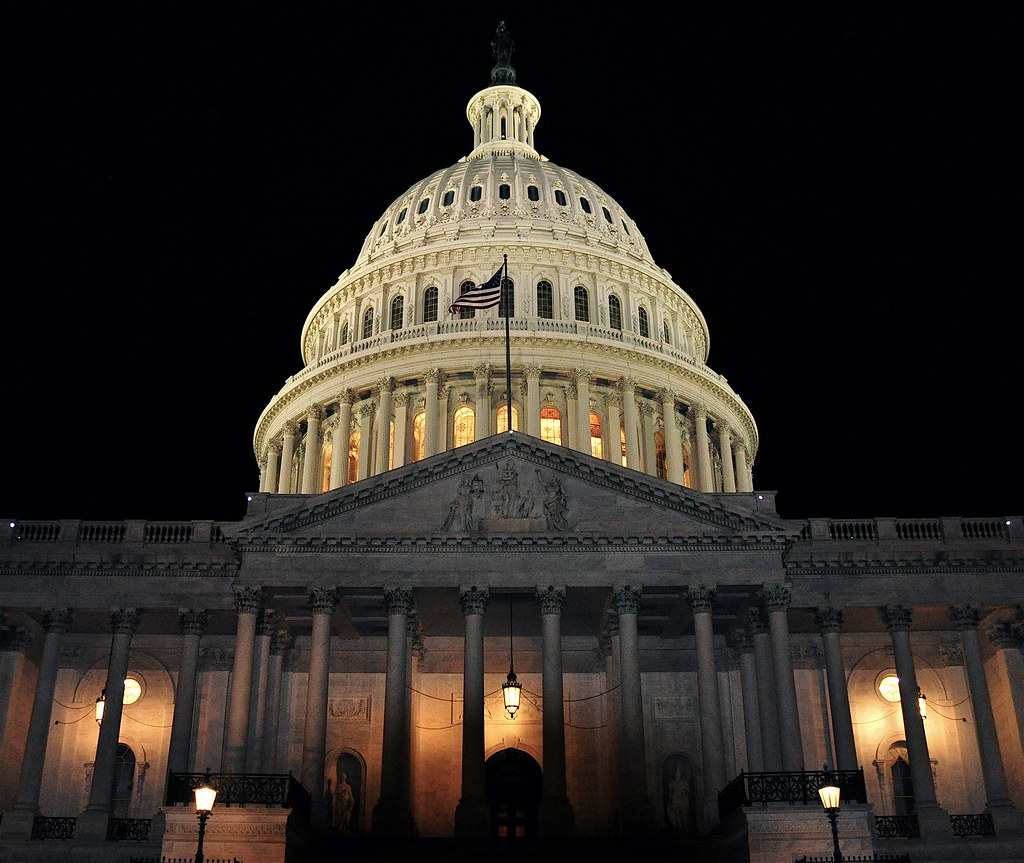
The flexible nature of drug crises necessitates focused efforts on complex, multi-drug addictions. When writing bills and appropriations, Congress should avoid drug-specific language, building flexibility into federal grants to allow state agencies to adapt to quickly changing conditions of substance abuse disorder.
Facts At-A-Glance
-
The rate of chronic pain is higher than that of heart disease, diabetes, and cancer.
-
86%
of young, urban heroin users reported using prescription opioids prior to heroin in 2008 and 2009.
-

From 2014 to 2018, U.S. life expectancy decreased every year, which the CDC has partially attributed to the prevalence of opioid abuse.
-
Opioid-related overdoses kill 130 people every day.
-
50%
of all opioid-related deaths involve synthetic drugs like fentanyl, making it the deadliest drug in America.
-

The rate of chronic pain in America is higher than that of other leading conditions such as heart disease, diabetes, and all forms of cancer.

